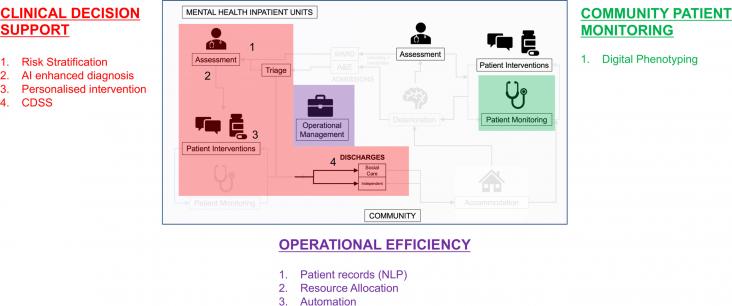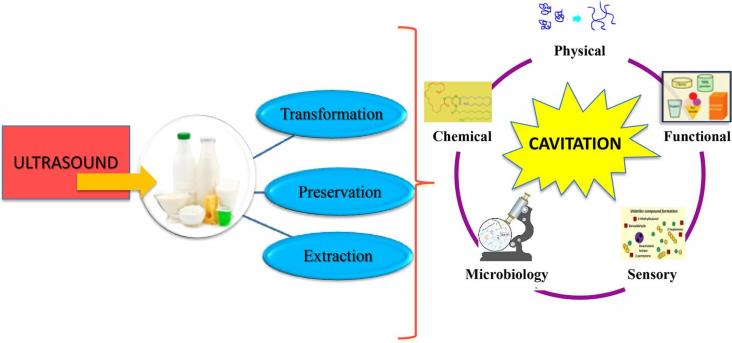
Introduction: Growing demand for mental health services, coupled with funding and resource limitations, creates an opportunity for novel technological solutions including artificial intelligence (AI).
Background: During the COVID-19 pandemic, the high workload, risk of infection, and safety issues for family members may pose a threat to the mental health of healthcare workers (HCWs) working in hosp
Objective: Information about the adverse effects of the COVID-19 pandemic on adolescent and adult mental health is growing, yet the impacts on preschool children are only emerging.
Background: Almost a quarter of the world's undernourished people live in India.
Poor weaning practice and malnutrition among under 5 (yrs) children are still major public health issues in Bangladesh.

Alternative methods for improving traditional food processing have increased in the last decades.
Diseases of the Nervous System (Second Edition), 2021, Pages 81-107
This book chapter advances SDG #3 and #10 by introducing the basic foundation of aging, dementia and Alzheimer Disease, including clinical presentation, diagnosis and epidemiology.
Global evidence suggests that maternal vaccination rates are partly related to intersectional gender-related disparities.
With the passing of Royal Decree-Law 16/2012, Spain's national health system switched from a model defined by universal and free health care principles, to a private insurance system that excluded lar
This book chapter advances SDGs 3 and 17 by introducing the concept of aging, dementia and Alzheimer Disease including the basic science, treatment, mechanisms and clinical trials.
